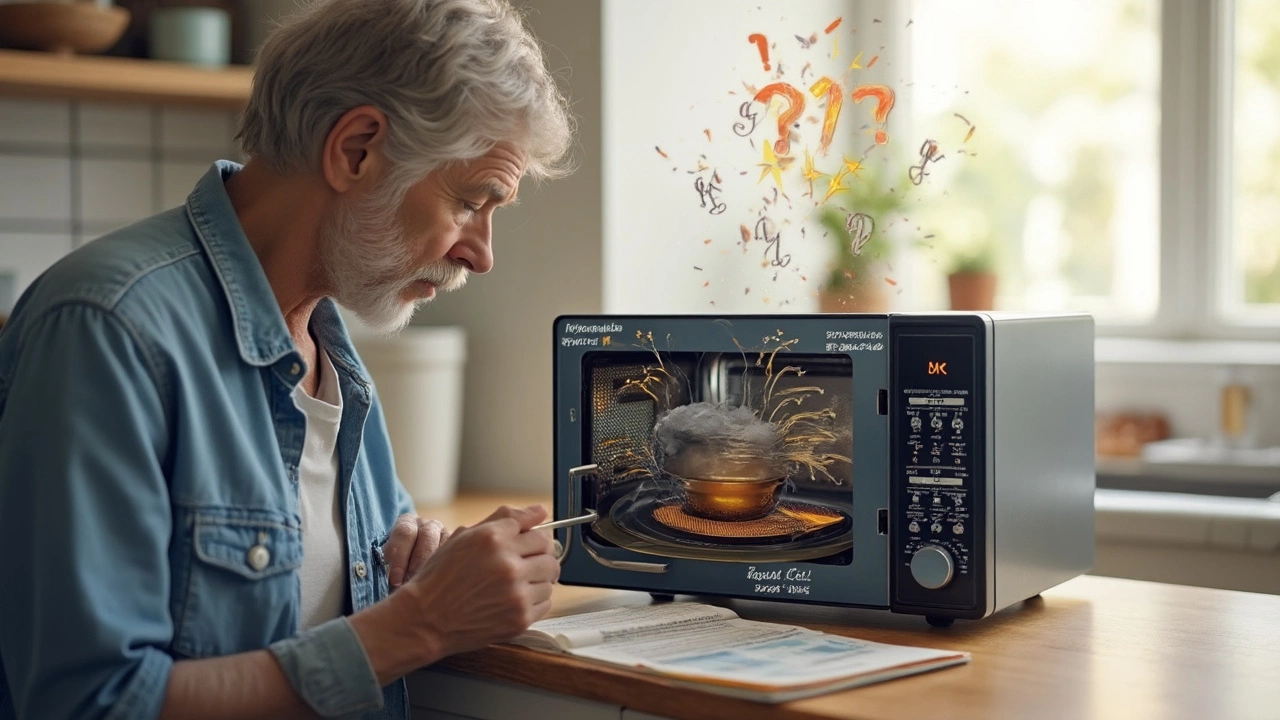Microwave Breakdown: What Happens and How to Fix It Fast
If your microwave suddenly stops heating, makes strange noises, or shows odd error codes, you’re probably dealing with a breakdown. Most of us rely on microwaves for quick meals, so a dead unit can throw the whole day off. The good news? Many issues are easy to spot and even easier to solve. Below we walk through the most common problems, simple checks you can do at home, and when it’s time to call Glastonbury Appliance Repair Services.
Typical Signs of a Microwave Breakdown
First, notice the symptoms. A microwave that won’t turn on could have a blown fuse, a tripped circuit, or a faulty door latch. If it runs but the food stays cold, the magnetron (the part that creates microwaves) is likely the culprit. Weird buzzing, humming, or sizzling noises often mean a failing capacitor or a loose turntable motor. Lastly, error codes on the display point to specific faults – check the manual for what they mean.
Knowing which sign you’re seeing narrows down the cause and saves you a lot of guesswork. For example, a blown fuse is a quick fix with a replacement part, while a faulty magnetron usually needs a professional’s touch.
DIY Checks Before You Call a Technician
Before you pick up the phone, try these safe, basic steps:
- Power check: Plug another appliance into the same outlet. If it works, the outlet is fine.
- Reset the microwave: Unplug it for two minutes, then plug it back in. This can clear minor electronic glitches.
- Inspect the door: Look for broken hinges or a misaligned latch. The microwave won’t run if the door isn’t sealing properly.
- Check the fuse: Most microwaves have a fuse behind the control panel. If it looks dark or broken, replace it with the same rating.
- Clean the interior: Food splatters can affect the turntable motor and sensors. A quick wipe‑down might solve heating issues.
If these steps don’t bring your microwave back to life, the problem is probably deeper – like a bad magnetron, high‑voltage capacitor, or control board.
Attempting to replace high‑voltage parts yourself is risky. Microwaves store a charge even after being unplugged, and touching the wrong component can cause serious injury.
When DIY stops, that’s the perfect moment to reach out to a local pro. Glastonbury Appliance Repair Services can diagnose the exact fault, source the right parts, and get your microwave working again – often on the same day.
Why choose a local service? Our technicians know the most common breakdown patterns in the area, they arrive on time, and they charge fair rates. Plus, servicing a broken microwave locally reduces travel time and gets you back to cooking sooner.
Remember, regular maintenance helps avoid breakdowns. Keep the interior clean, avoid metal cookware, and don’t run the microwave empty for long periods. These habits extend the life of the magnetron and other components.
If you’ve tried the easy fixes and still face a silent or noisy microwave, give us a call. We’ll assess the issue, give you a clear price, and handle the repair safely. No hidden fees, no jargon – just a working microwave when you need it.

Microwave Repair: What Usually Goes Out and Why
Ever wondered what usually breaks on a microwave? This article walks you through the main parts that often stop working, with practical info on why they fail and what you can do about it. You'll find down-to-earth tips on spotting common issues, along with ideas for quick fixes before calling for repairs. We’ll also talk about when it’s worth fixing versus replacing your microwave. If you want to get your microwave humming again, you’re in the right spot.